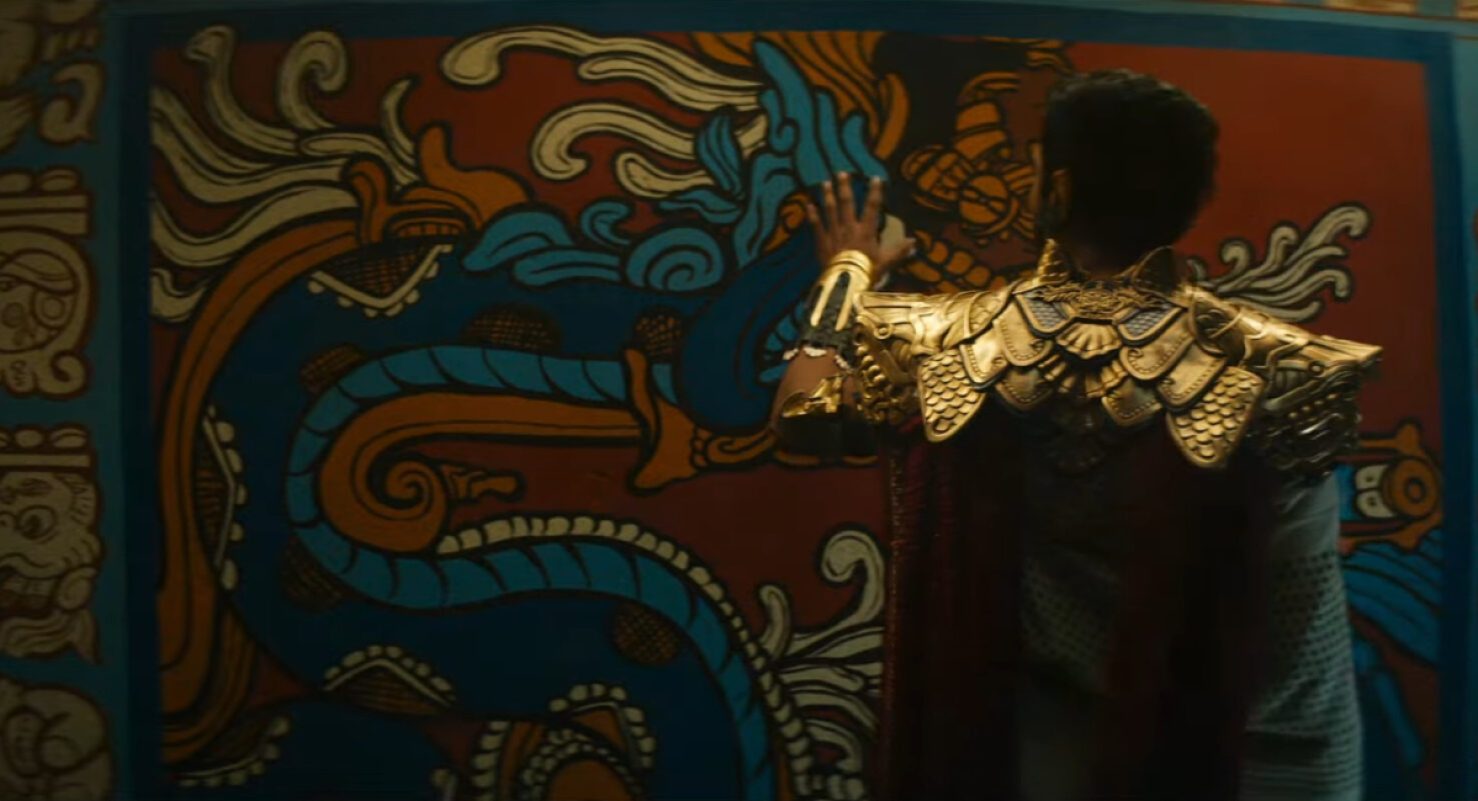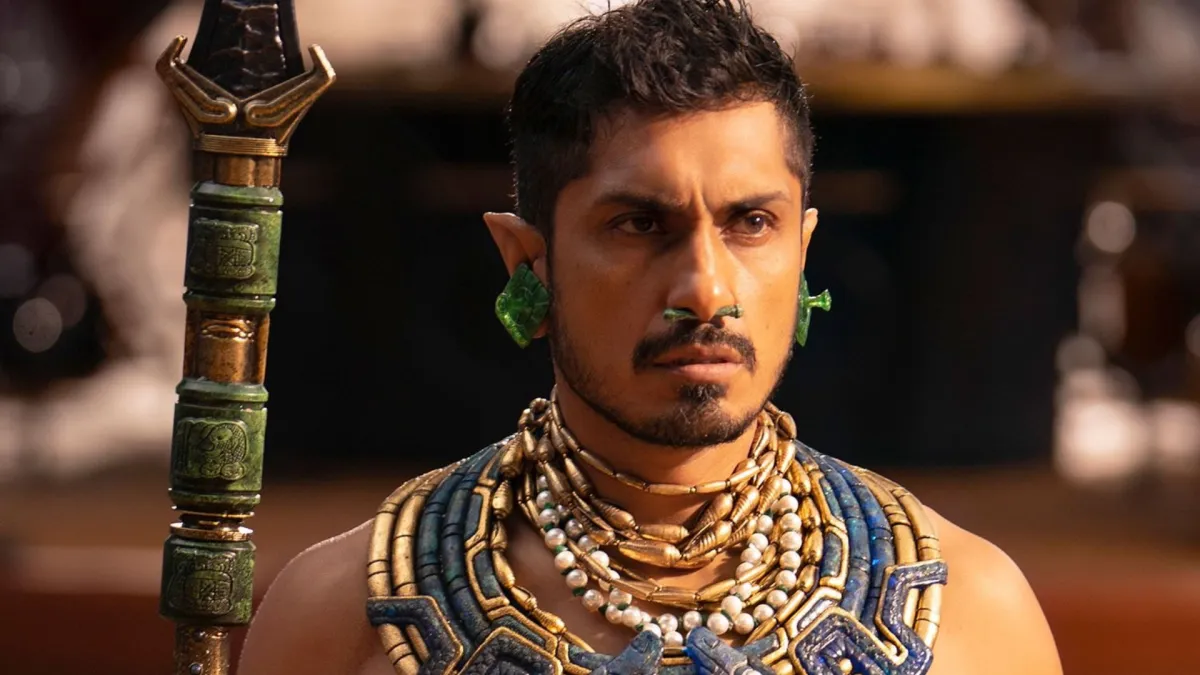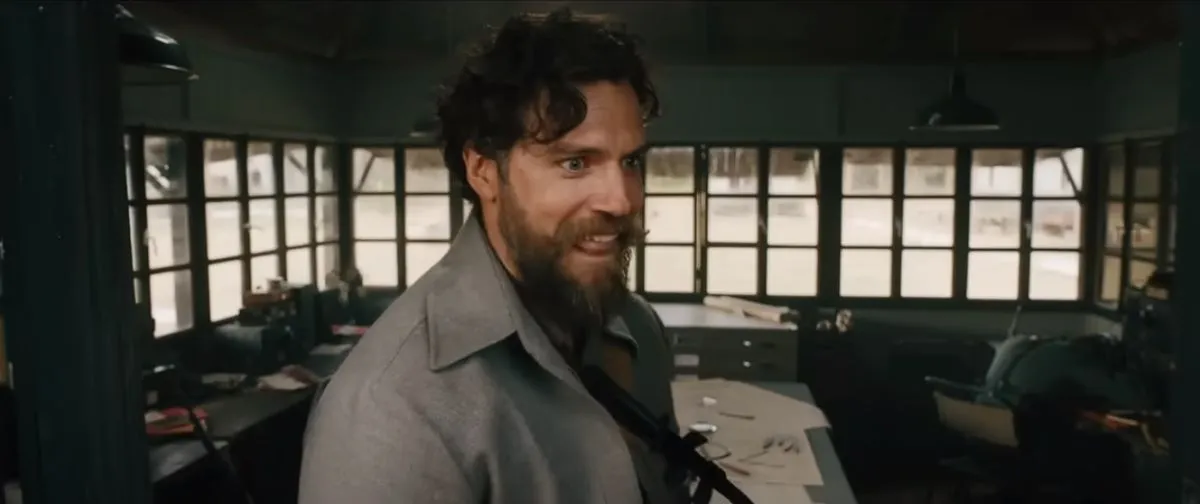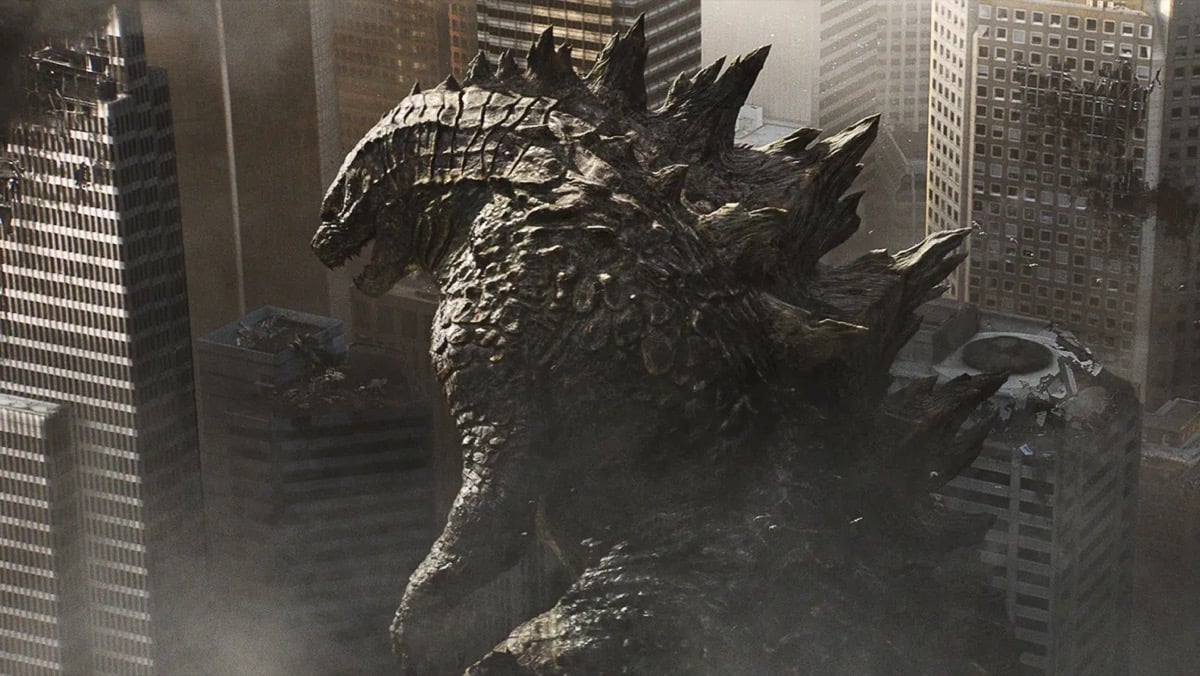Black Panther: Wakanda Forever has finally hit theaters, bringing Marvel fans a moving elegy for Chadwick Boseman. Wakanda Forever has also introduced Namor the Sub-mariner (Tenoch Huerta Mejía) to the Marvel Cinematic Universe, reimagining him as the ruler of a Mesoamerican-inspired nation called Talokan. But what is Talokan? How did the filmmakers create it? Is it based on truth? Here’s everything you need to know.
Major spoilers ahead for Black Panther: Wakanda Forever! You’ve been warned.
Black Panther: Wakanda Forever tells the story of Princess Shuri (Letitia Wright), T’Challa (Chadwick Boseman)’s younger sister and the new heir to the throne of Wakanda. When the United States finds a hidden vibranium supply at the bottom of the ocean, Wakanda finds itself in conflict with Talokan and its ruler, Namor.
Talokan in the Marvel Cinematic Universe

Early in the film, Namor abducts Shuri and brings her to Talokan, where he tells her about the origins of his home. In the 16th century, Namor says, his family contracted smallpox from Spanish conquistadors, and they ingested a plant laced with vibranium in an effort to save themselves. The plant altered their physiology so that their skin could absorb oxygen from water, but they could no longer breathe air if they were dry. The whole village fled to the sea and made a new life under the water, where Namor’s mother gave birth to him.
Eventually, Namor tells Shuri, the village turned into an entire nation, which they called Talokan. Namor shows Shuri the heart of Talokan, where the village’s descendants have created a hidden civilization. Talokan is heavily inspired by real Mesoamerican culture, with Mesoamerican regalia and jewelry, Maya-style murals, and a brief shot of the Mesoamerican ballgame, similar to basketball, that eventually evolved into the modern game of ulama.
Namor’s people, who speak Yucatec Maya, call him the “feathered serpent god,” or K’uk’ulkan, a name that comes from the Maya deity of the same name. The open-palmed hand gesture that goes along with the Talokan salute, “¡Líik’ik Talokan!” may be inspired by similar gestures found in Maya codices.
The name Talokan itself may be based on one of the afterlives in Mesoamerican mythology, Tlālōcān, which is ruled by the rain god Tlālōc. However, the filmmakers haven’t confirmed this.
Why not Atlantis?
In the original comics, Namor the Sub-mariner hails from the underwater city of Atlantis, not Talokan. So why the change?
Director Ryan Coogler tells Inverse that “There have been a lot of representations and creative depictions of Atlantis based off of Plato’s Atlantis, the Greco-Roman concept of a city sunk into the sea. That idea exists in a lot of different ways. We wanted our film to exist alongside those movies and be different. It was really out of respect to the audience, not wanting to give them something similar to other things that have come before it.”
Coogler and the other filmmakers collaborated with Maya historians and the cast to create the look and feel of Talokan. In fact, the Talokan salute wasn’t in the original script. Instead, cast members came up with it as a response to “Wakanda Forever,” since the two groups are so similar. The phrase translates to “Rise, Talokan.”
Huerta told NBC News that “When they decide to give this background to Namor, you know, this new background — Mesoamerican culture, especially Mayan culture — I think they nailed it … It’s a way to say, ‘Eh, there’s nothing wrong on you. You should be proud of who you are. And the melanin in your skin … it’s OK and it’s beautiful.'”
The introduction of Talokan introduces some interesting themes to Wakanda Forever: namely, the struggle of two Indigenous nations fighting to maintain their sovereignty against Western aggression, and making the mistake of fighting each other before they reach an uneasy truce. Will Namor and the rest of Talokan return in future MCU projects? Considering Namor’s massive popularity among fans, it seems certain.
(featured image: Marvel Entertainment)









